Filter by

History of Water Supply and Governance in Kenya (1895-2005) Lessons and Futures
This book on the History of Water Development in Kenya transverses through a matrix of infrastructural development, administration, policy, legal and legislation framework, and evolution of various water supply technologies in an inimitably comprehensive approach. The book has carefully constructed the development over one century timeline of water supply and provided the future prediction of t…
- Edition
- -
- ISBN/ISSN
- 9789520300593
- Collation
- -
- Series Title
- -
- Call Number
- -
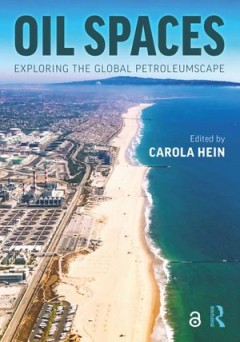
Coastal Lagoons in Europe: Integrated Water Resource Strategies
Lagoons represent nearly 13% of the shoreline globally and around 5% in Europe. Coastal lagoons are shallow water bodies separated from the ocean by a barrier (e.g., narrow spit), connected at least intermittently to the ocean by one or more restricted inlets, and usually geographically oriented parallel to the shoreline. Coastal lagoons are flexible and usually able to cope with environmental …
- Edition
- -
- ISBN/ISSN
- 9781780406282
- Collation
- -
- Series Title
- -
- Call Number
- -
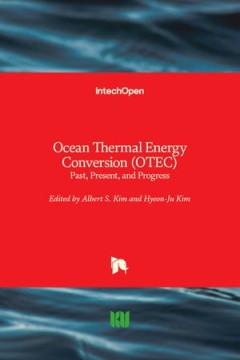
Clean Water Using Solar and Wind: Opportunities to reach outside the power grid
The aim of Clean Water Using Solar and Wind is to make water professionals aware of the possibilities that solar photo-voltaic (PV) and wind offer to bring, not only clean energy but also clean water to remote and rural areas in Africa and developing Asia as well as in many peri-urban areas in the developing world. These areas are located outside the conventional electric grids and a grid conne…
- Edition
- -
- ISBN/ISSN
- 9781780409436
- Collation
- -
- Series Title
- -
- Call Number
- -

Border Flows: A Century of the Canadian-American Water Relationship
Declining access to fresh water is one of the twenty-first century’s most pressing environmental and human rights challenges, yet the struggle for water is not a new cause. The 8,800-kilometer border dividing Canada and the United States contains more than 20 percent of the world’s total freshwater resources, and Border Flows traces the century-long effort by Canada and the United States to…
- Edition
- -
- ISBN/ISSN
- 9781552388969
- Collation
- -
- Series Title
- -
- Call Number
- -

Bioanalytical Tools in Water Quality Assessment: Second Edition
The first edition of Bioanalytical Tools in Water Quality Assessment was released in 2012. The field has exploded since and the second edition updates and reviews the application of bioanalytical tools for water quality assessment including surveillance monitoring. The book focuses on applications to water quality assessment ranging from wastewater to drinking water, including recycled water, a…
- Edition
- -
- ISBN/ISSN
- 9781789061987
- Collation
- -
- Series Title
- -
- Call Number
- -
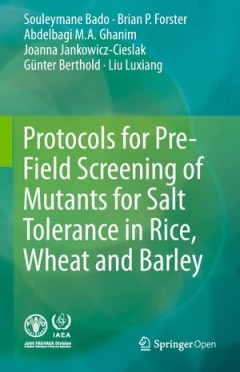
Basic Principles of Wastewater Treatment
"Basic Principles of Wastewater Treatment is the second volume in the series Biological Wastewater Treatment, and focusses on the unit operations and processes associated with biological wastewater treatment. The major topics covered are: microbiology and ecology of wastewater treatment reaction kinetics and reactor hydraulics conversion of organic and inorganic matter sedimentation aeration Th…
- Edition
- -
- ISBN/ISSN
- 9781843391623
- Collation
- -
- Series Title
- -
- Call Number
- -
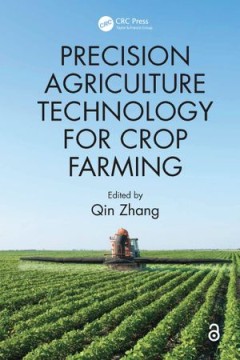
Applications of Activated Sludge Models
In 1982 the International Association on Water Pollution Research and Control (IAWPRC), as it was then called, established a Task Group on Mathematical Modelling for Design and Operation of Activated Sludge Processes. The aim of the Task Group was to create a common platform that could be used for the future development of models for COD and N removal with a minimum of complexity. As the collab…
- Edition
- -
- ISBN/ISSN
- 9781780404660
- Collation
- -
- Series Title
- -
- Call Number
- -
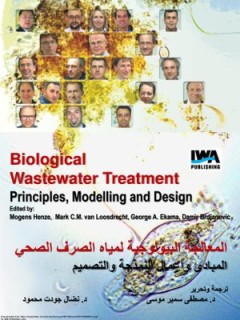
المعالجة البيولوجية لمياه الصرف الصحي: ال�…
Over the past twenty years, the knowledge and understanding of wastewater treatment have advanced extensively and moved away from empirically-based approaches to a first principles approach embracing chemistry, microbiology, physical and bioprocess engineering, and mathematics. Many of these advances have matured to the degree that they have been codified into mathematical models for simulation…
- Edition
- -
- ISBN/ISSN
- 9781780408613
- Collation
- -
- Series Title
- -
- Call Number
- -
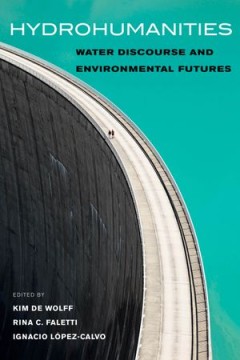
Hydrohumanities
A free open access ebook is available upon publication. Learn more at www.luminosoa.org. Discourse about water and power in the modern era have largely focused on human power over water: who gets to own and control a limited resource that has incredible economic potential. As a result, discussion of water, even in the humanities, has traditionally focused on fresh water for human use. Today, cl…
- Edition
- -
- ISBN/ISSN
- 0520380460, 9780520380462
- Collation
- -
- Series Title
- -
- Call Number
- -
 Computer Science, Information & General Works
Computer Science, Information & General Works  Philosophy & Psychology
Philosophy & Psychology  Religion
Religion  Social Sciences
Social Sciences  Language
Language  Pure Science
Pure Science  Applied Sciences
Applied Sciences  Art & Recreation
Art & Recreation  Literature
Literature  History & Geography
History & Geography